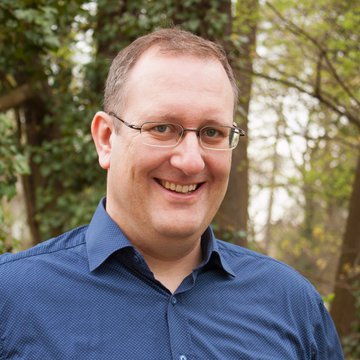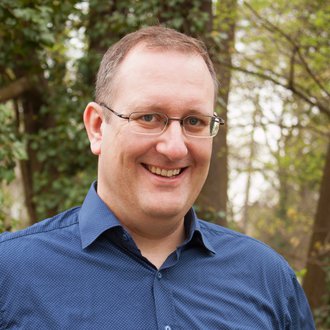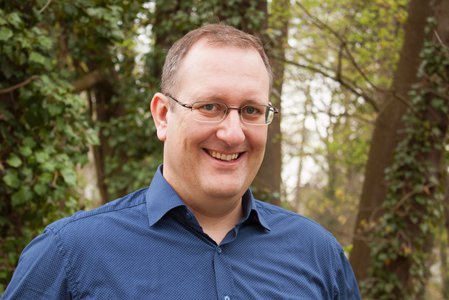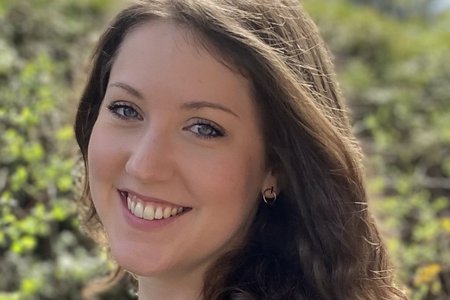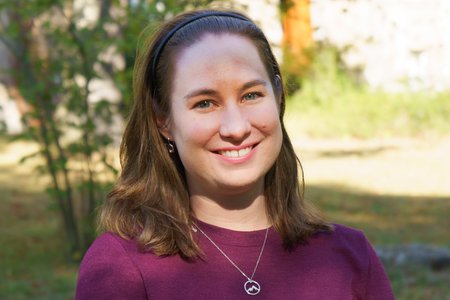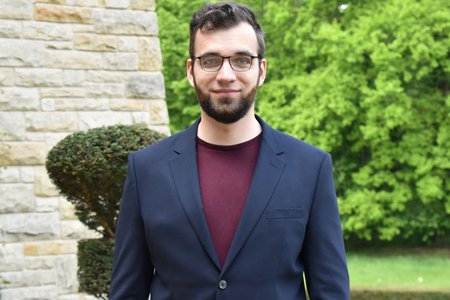New professor simulates galaxy formation on the computer
How do galaxies and galaxy clusters, which are among the largest structures in the universe, form? Do cosmic rays have an impact on galaxy and cluster formation? Prof. Dr. Christoph Pfrommer is seeking answers to these questions. Starting in April, Pfrommer is leading the research group Cosmology and Large-scale Structure at the Leibniz Institute for Astrophysics Potsdam (AIP) and doing research as a jointly appointed professor at the University of Potsdam. The astrophysicist has moved to Potsdam from the Heidelberg Institute for Theoretical Studies (HITS).
Cosmic rays originate in supernova explosions and jets erupting from supermassive black holes. “Aside from the fascinating question regarding the origin of cosmic rays, we especially want to find out whether they play a decisive role in galaxy formation,” says Pfrommer. The gaseous outflows that are powered by cosmic rays could be an important aspect in the development of spiral galaxies and may limit the amount of newborn stars in elliptical galaxies. Pfrommer and his research group aim at modelling the underlying physics of cosmic rays, magnetic fields, and plasma waves in great detail with the goal to conduct cosmological simulations at high resolution on supercomputers. They will validate their results by comparing their simulations to observations of radio and gamma-ray telescopes.
Pfrommer studied physics at the Friedrich Schiller University in Jena, Germany. In 2005, he obtained his PhD at the Ludwig-Maximilians-Universität München, with a doctoral thesis on the role of cosmic rays in clusters of galaxies. Afterwards, he worked at the Canadian Institute for Theoretical Astrophysics in Toronto, Canada, as a postdoctoral research fellow and, since 2010, at the HITS in Heidelberg, Germany. He was also a visiting fellow at the Max Planck Institute for Astrophysics, Garching, Germany, as well as at Stanford University and the Kavli Institute for Theoretical Physics in Santa Barbara, USA. In 2014, he obtained an ERC Consolidator Grant by the European Research Council for his project CRAGSMAN, which is investigating the impact of cosmic rays on galaxy and cluster formation.
How do galaxies and galaxy clusters, which are among the largest structures in the universe, form? Do cosmic rays have an impact on galaxy and cluster formation? Prof. Dr. Christoph Pfrommer is seeking answers to these questions. Starting in April, Pfrommer is leading the research group Cosmology and Large-scale Structure at the Leibniz Institute for Astrophysics Potsdam (AIP) and doing research as a jointly appointed professor at the University of Potsdam. The astrophysicist has moved to Potsdam from the Heidelberg Institute for Theoretical Studies (HITS).
Cosmic rays originate in supernova explosions and jets erupting from supermassive black holes. “Aside from the fascinating question regarding the origin of cosmic rays, we especially want to find out whether they play a decisive role in galaxy formation,” says Pfrommer. The gaseous outflows that are powered by cosmic rays could be an important aspect in the development of spiral galaxies and may limit the amount of newborn stars in elliptical galaxies. Pfrommer and his research group aim at modelling the underlying physics of cosmic rays, magnetic fields, and plasma waves in great detail with the goal to conduct cosmological simulations at high resolution on supercomputers. They will validate their results by comparing their simulations to observations of radio and gamma-ray telescopes.
Pfrommer studied physics at the Friedrich Schiller University in Jena, Germany. In 2005, he obtained his PhD at the Ludwig-Maximilians-Universität München, with a doctoral thesis on the role of cosmic rays in clusters of galaxies. Afterwards, he worked at the Canadian Institute for Theoretical Astrophysics in Toronto, Canada, as a postdoctoral research fellow and, since 2010, at the HITS in Heidelberg, Germany. He was also a visiting fellow at the Max Planck Institute for Astrophysics, Garching, Germany, as well as at Stanford University and the Kavli Institute for Theoretical Physics in Santa Barbara, USA. In 2014, he obtained an ERC Consolidator Grant by the European Research Council for his project CRAGSMAN, which is investigating the impact of cosmic rays on galaxy and cluster formation.
Images
Professor Christoph Pfrommer
Big screen size [1000 x 666, 120 KB]
Original size [3298 x 2199, 1020 KB]
